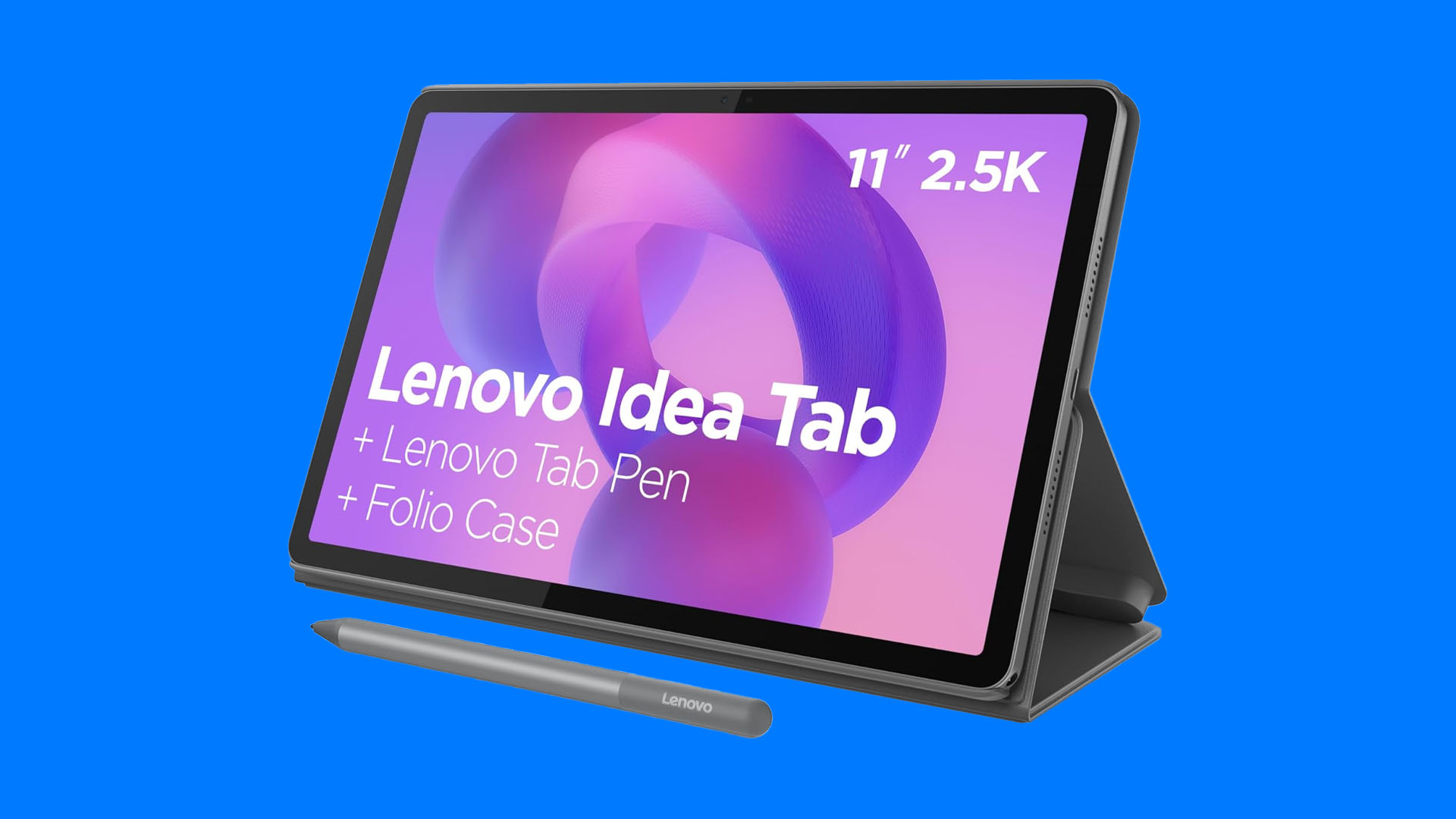How to get started in game design: 10 tips for success
From the right mindset to skills to software, here's how to start designing a game.
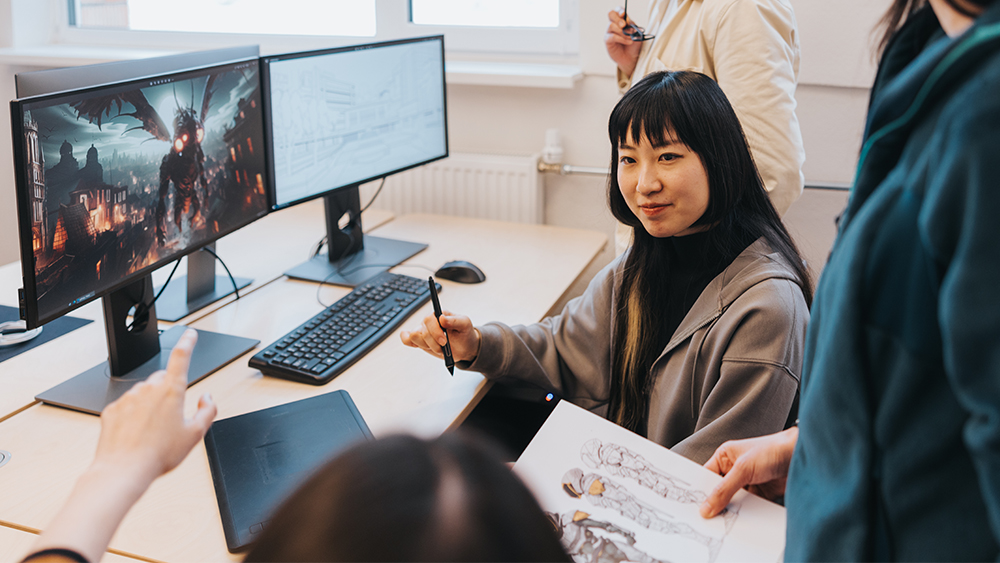
Wondering how to get started in game design? With endless possibilities, it's one of the most exciting creative fields right now, but getting started can be daunting, not least because of the perceived technical barriers.
I'm here to say, go for it. At heart, game design isn't about technical skills or knowledge of a specific code or program. It's about having a great idea and the willpower to see it through to execution during the sometimes challenging process of creating a game.
Of course, there will be a learning curve, and there will be technical hurdles to overcome, but if you have a great idea for a game and the determination to make it happen, time and effort will get you there. Nobody can tell you the right way to design your game, but in the guide below, I'll offer some suggestions to hopefully help you on the path, whether you want to create a title for mobile, PC or one of the best games consoles.
01. Start simple
Nobody starts by creating a vast AAA RPG with photorealistic graphics and complex battle mechanics – at least nobody I know! Your first game should be simple: like Pong-level simple. In fact, making Pong wouldn't be a bad exercise to start with to get to know your software of choice.
This isn't just because of the technical complexity but the time involved and and the psychological importance of seeing a project through to the end. You'll find that even creating a game with a ball and two paddles involves a lot of operations. If you start out with a overly ambitious project, you're less likely to finish it – and you can't claim to have ever designed a game unless the game is finished. Which leads me to my next tip...
02. Finish that game!
Having almost made a game doesn't help you become a game designer. Start out with the determination to see your first game through to the end. Finishing a game requires self-motivation, but it will in turn also provide you with more motivation for your next project.
You'll probably find that the hardest and most disheartening part of designing a game is the final stretch. Fixing bugs, inconsistencies, conflicts in scripting, physics, dialogue trees, and glitches that only appear in certain conditions is tedious and frustrating, but getting through it so you can call a game complete will prove to yourself (and a studio) that you have the stamina for game design.
Daily design news, reviews, how-tos and more, as picked by the editors.
03. Prioritise the core mechanics
You might love the artistic or technical side of game design, but what makes something a game and not a movie or animation is the gameplay. To be enjoyable, basic interactions need to be fun since these are what players will spend most time doing.
You might cull whole sections of your game in the final version, but the core mechanics are what remain.Prototyping will allow you to test whether your mechanics work, and should help you to realise whether there's a better option instead.
04. Decide whether to work alone or with a team
You could make a game alone or you can bring in partners to work with. The decision will depend on your existing skills and how fast you want to be able to complete the game. If you need code, you can learn with an online coding course or find a coder to work with you. The same applies to creating game art.
Some prospective partners might want to see a finished game so they know you're able to see a project through, so you could always go it alone initially – there are lots of places to get free video game assets that you can use even if it's just as placeholders to allow you to finish the game to show to an artist. Also see our pro tips for game art.
05. Choose the right hardware for game design
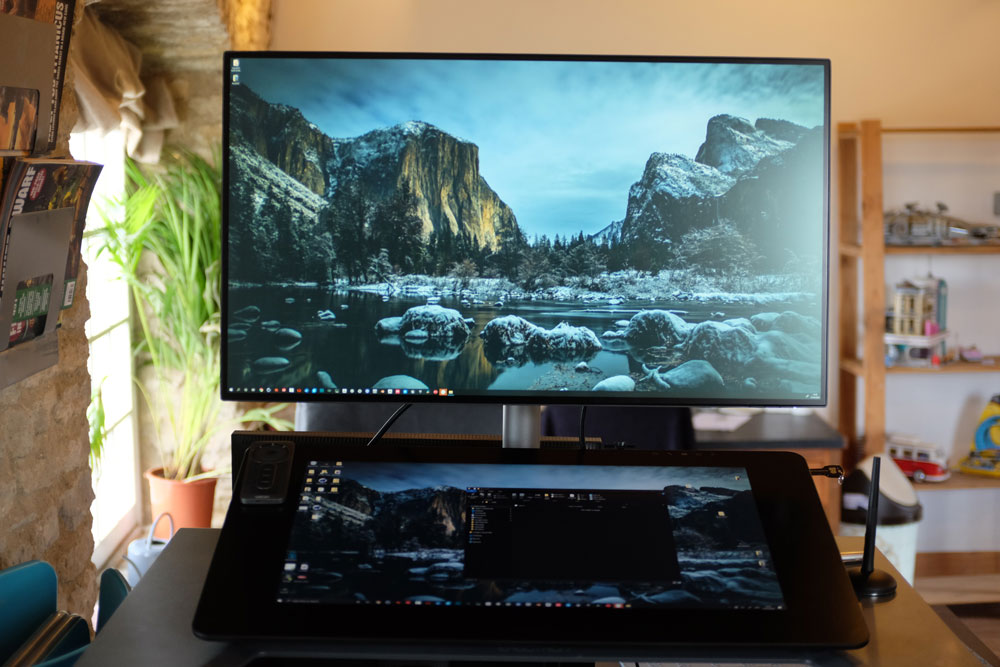
To design a game you'll need a computer system capable of running the software that you choose to use. It doesn't necessarily need to be able to play your game at the best settings, but if you're planning to work with Unreal Engine, Quixel Bridge, and/or Cinema 4D (see these Cinema 4D tutorials to explore further), you'll need a reasonable processor, and a good GPU is also important for graphics.
I'm not going to talk specs here, as they change so rapidly and it will depend on what software you're using for what type of game. Your requirements will vary hugely depending if you're making a simple 2D game in Godot or GameMaker *what I'd recommend to get started) or a 3D game in Unreal Engine. You might also want a GPU that can support VR.
What I would recommend is looking at reviews and seeing what suits your budget and requirements and get as good a system as you can afford. You can check our own guides to the best laptops for 3D modelling and the best laptops for game development.
06. Make sure you have enough storage
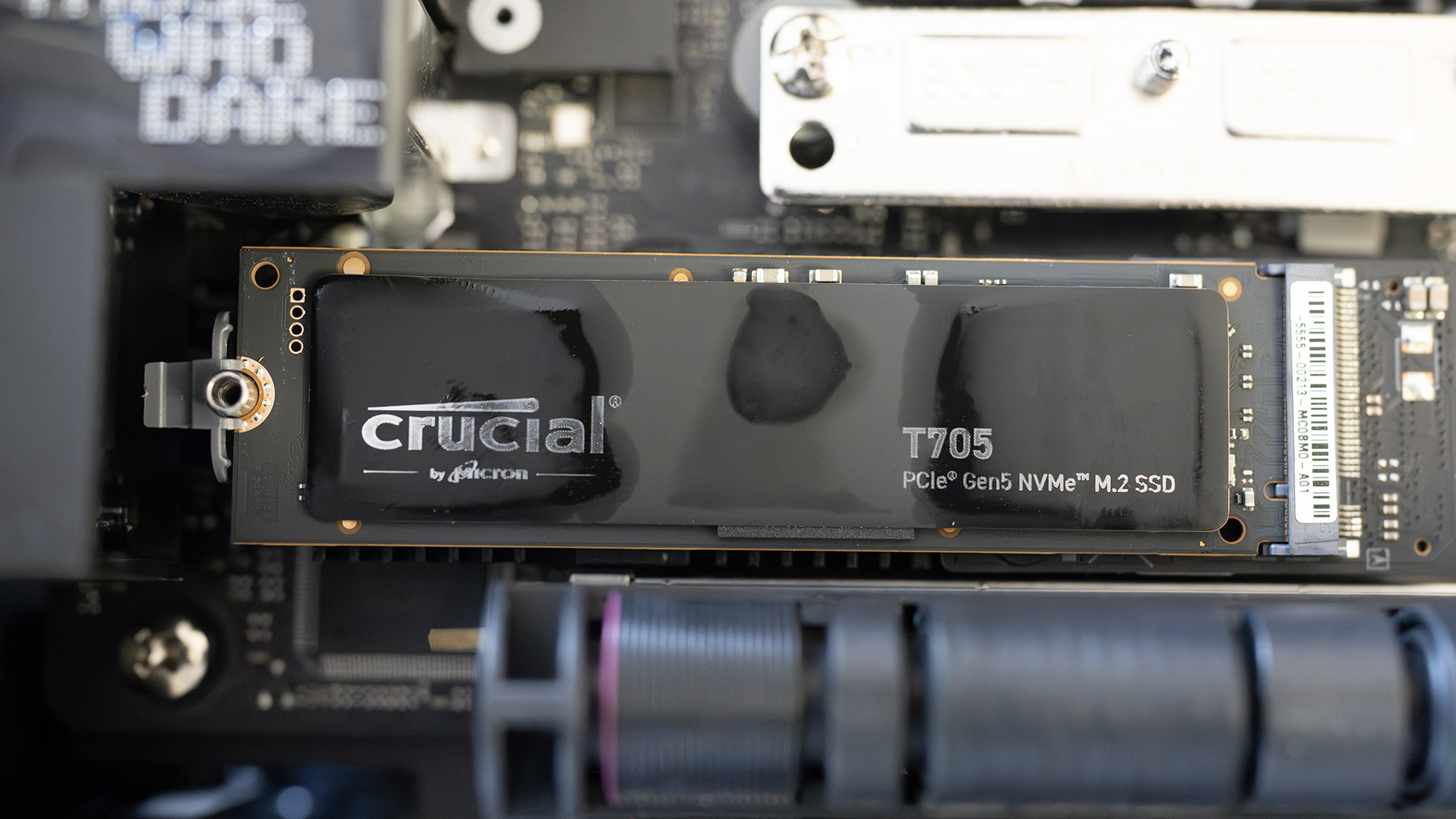
I can't overstate the importance of good storage. You not only need enough storage to house all your assets, but plenty extra for your operating system, revisions and incremental saves. Calculate what you think you need and then double it. You'll also want to make sure that the storage is fast. This is obviously better for efficiency but also for your stress levels.
Nobody enjoys waiting for big files to open. I'm a big fan of M.2 drives – these are lightning fast, cost effective and most modern motherboards have slots for a couple of these. At the very least try to have one that is your boot drive. Your machine will start up almost instantly and having a core system that has fewer bottlenecks is a good thing. You can of course run with just one big drive, but I prefer to keep projects on a separate drive.
The other option here, and what I choose, is to have a smaller, faster boot drive, then use a network drive or server to store the actual project. This serves a couple of purposes. It frees up your host machine, but it also means you can collaborate easily. I tend to work across Mac and PC in my studio, using Macs for texture painting and sound design duties, while my Windows machines are used for the 3D heavy lifting and video editing work. If you want to work across a small team this works well for that too. Plus, using network storage can often mean backups are seamless and automatic.
Want to upgrade your storage? Check out these picks of top cloud storage and guide to external hard drives.
07. Pick your software
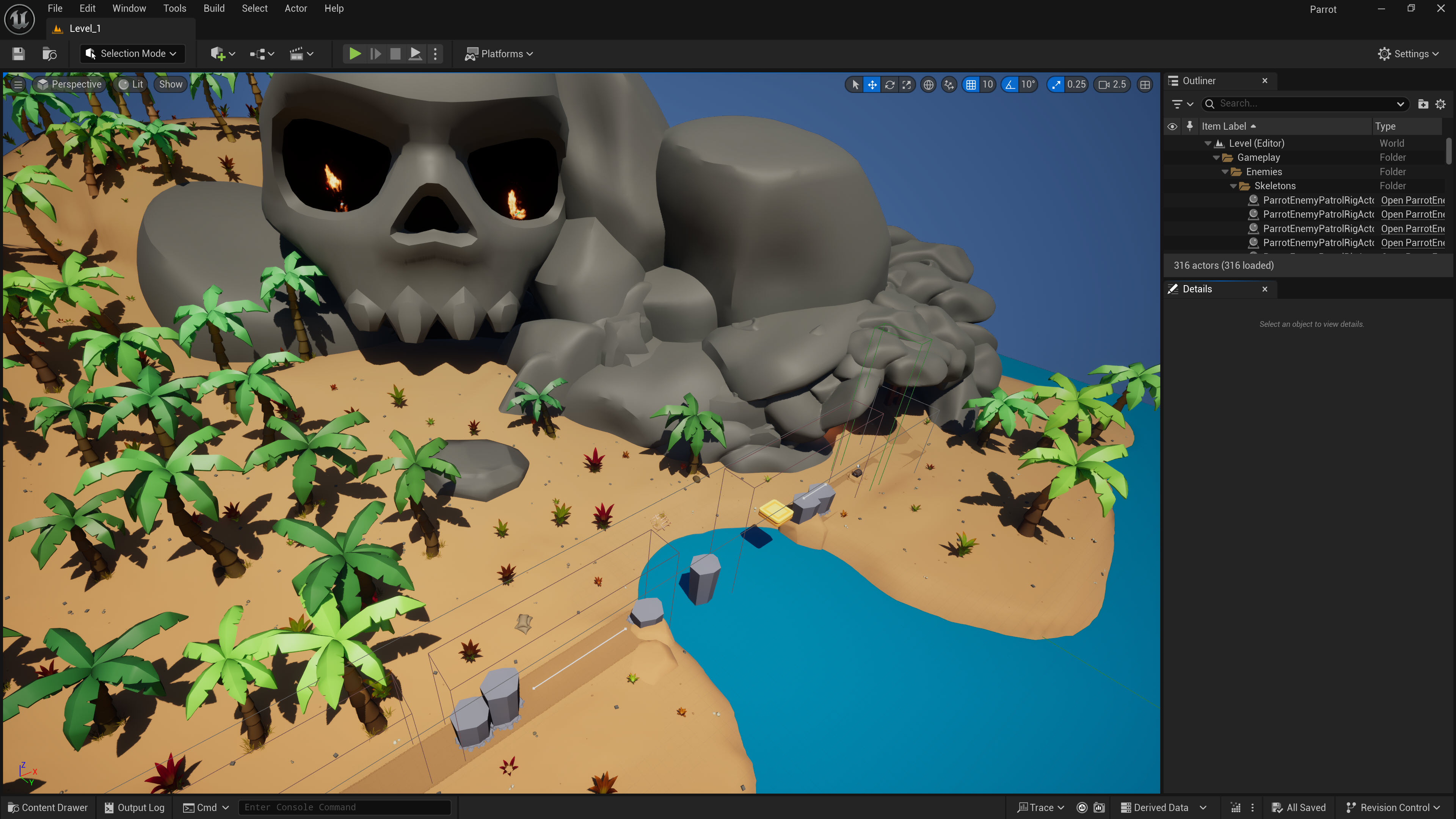
The question of what software to use to get started in game design is both complex and really simple. Choosing a host application to model and texture your assets can be daunting, but there's really no wrong answer. That can bring on choice paralysis, but ultimately you need to dive in and try it.
We think good options to consider are open-source Godot Engine and Epic Gaming's Unreal. Although the latter isn't open-source, it is free until you start making big money, and there are lots of tutorials out there.
We offer other suggestions in our guides to the best game development software. Remember that you don't necessarily need to learn code (or at least not much) since there's now a good range of tools available that allow visual scripting with drag-and-drop elements. We have a guide to the best no code game engines.
For 3D work, I personally use Cinema 4D as my main package, but you could just as easily use open-source Blender (see our roundup of Blender tutorials) to keep your costs down. In a similar vein you could bypass Photoshop for image editing and use an open source Photoshop alternatives like GIMP or Krita.
As long as you have tools that allow you to complete the task, it really doesn't matter what name is on the box (a caveat to this is if you come to work on a game with others as part of a larger pipeline, in which case using the same tools as the studio is a good idea!)
Most game engines provide good documentation to help you get started, as well as their own tutorials and possibly even assets to use for practice. Google, Reddit and YouTube are also valuable resources where you'll find plenty of tutorials for almost anything you might want to do. Try a tutorial and see if the approach works for you. If it doesn't try another one: patience, there's no easy answer here!
Also see our guides to the best 3D modelling software and the best tools for game art and textures.
08. Create a logical file system
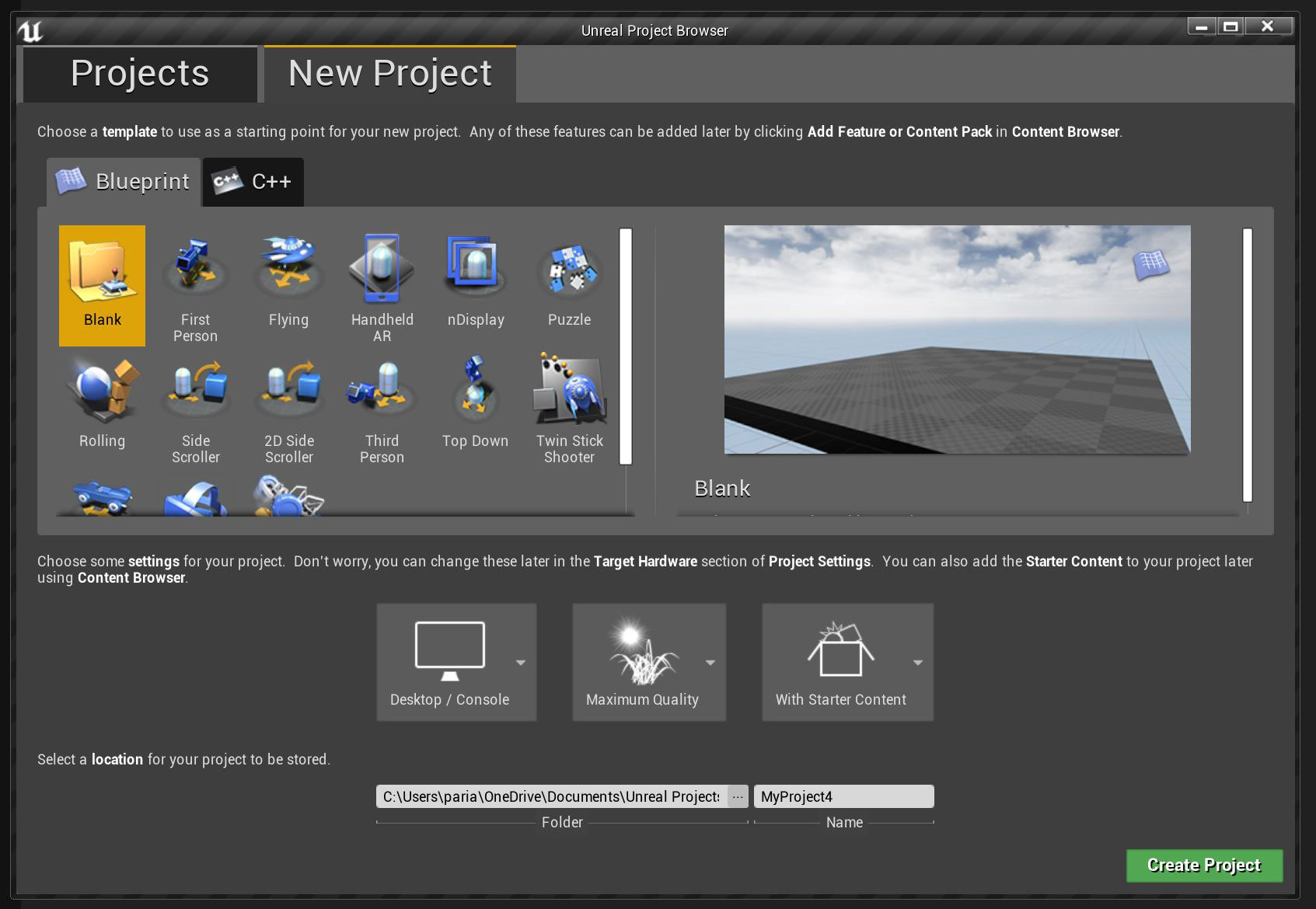
Before you get going with the fun stuff like modelling and lighting, we need to get organised. Life will be an awful lot simpler if we set ourselves up for success. We could just dive right in and make trees, write some music and start filling a terrain with random objects, but in reality that will lead to a lot of headaches, stress and lost time, as you spend hours searching for assets (free 3D models might help there) in random folders.
You'll need a structure to store and manage various types of assets. This requires building a logical file system to store all the things you will be building over the course of a project. It doesn't matter if you choose a local drive, network drive or cloud storage (my server is accessible from anywhere and backs up daily). The key here is keep things logical, as simple as possible while serving the project and clearly labelled.
I number my folders; this is less about a running order and more about keeping things consistent across projects. A top level of project name, followed by folders for things like admin, references, concepts, 3D models, Unreal files, etc is what you need.
09. Set a timeline
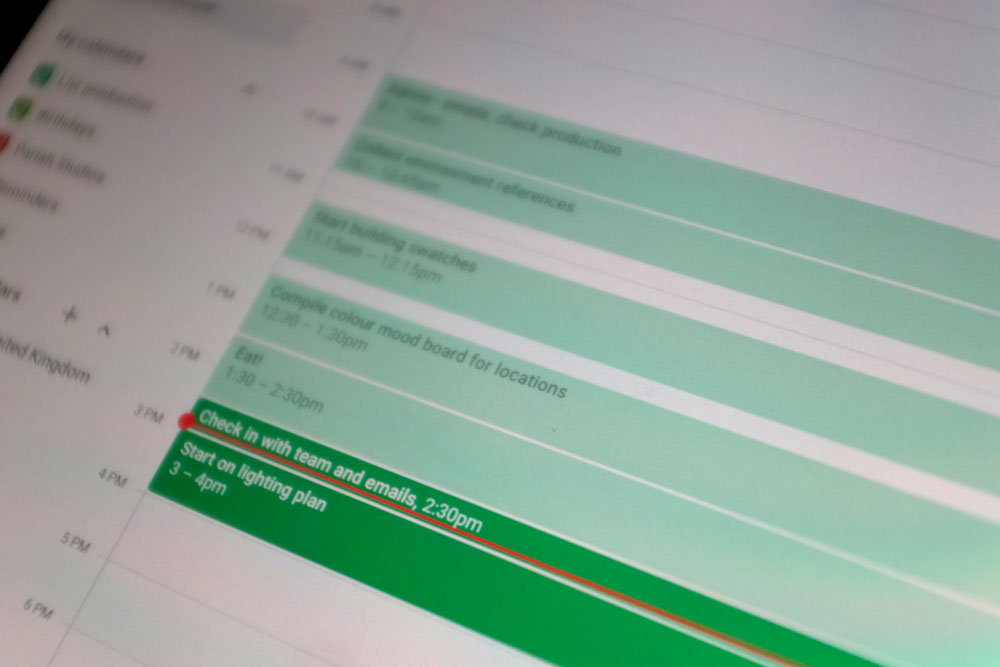
This sounds dull, but it's important because this is what allows you to do all the fun stuff properly. Knowing what needs to be done when is essential, so once your concept is nailed down, create a list of tasks and the order in which they need to be completed.
This isn't about specific assets to model but more broad, so the first task would be concept art, followed by bubble map and level planning, then asset creation and so on. The point here is to structure your time so you can stay productive and creative – one of the best calendars or calendar apps could help here.
Deadlines (even if you're thinking years rather than weeks or months) are helpful to ensure you get your game finished. Consider looking for competitions to take part in since these can be good motivation to stick to deadlines. If you find that you're not going to meet your deadline, consider cutting part of your game. This could be a good idea anywhere since it will force you to consider what's really important to the game.
10. Organise your workspace
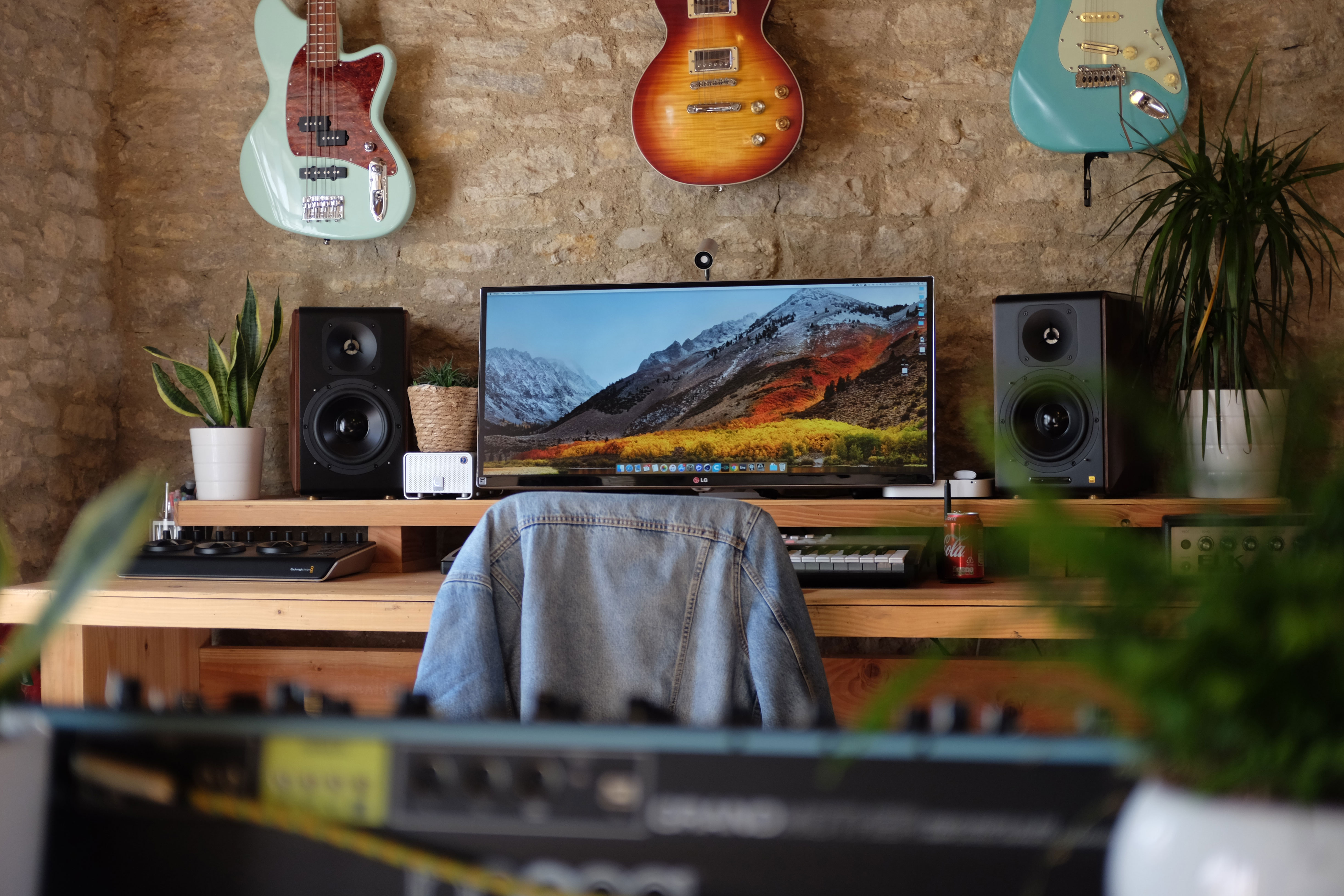
Finally, this is something you may have got just right already, but if you haven't, it's well worth thinking about. You can design a game anywhere but if you want to make life more comfortable, I'd recommend a good desk (yes, we have a guide to the best desks too!) with enough space so you don't feel cramped. It also needs to allow the monitor to be positioned well, with your eye level just below the top edge. One of the best monitor arms can help.
Set your brightness and contrast for the ambient light in the room to reduce eye strain and use a good monitor calibrator to ensure colours are correct. A good supportive office chair with decent breathability, adjustability and comfort is also ideal. To complete your workspace, add any personal touches that make it a more pleasant place to spend time in for you, be it posters and artwork or a plant.
Some of this content originally appeared in 3D World magazine. Subscribe to 3D World for more expert tips and inspiration.

Rob Redman is the editor of ImagineFX magazines and former editor of 3D World magazine. Rob has a background in animation, visual effects, and photography.
You must confirm your public display name before commenting
Please logout and then login again, you will then be prompted to enter your display name.
